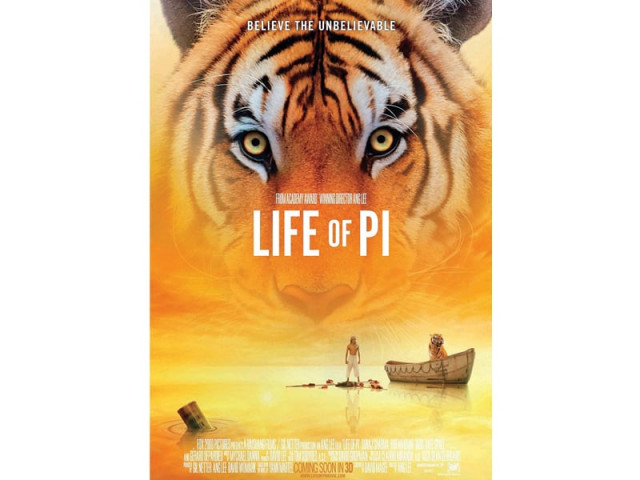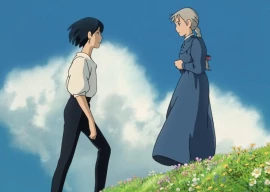
Piscine Molitor “Pi” Patel is the Canadian immigrant from India whose eventful life the film explores. The film begins with an older Pi, played in a fine performance by Irfan Khan, who narrates his remarkable tale in an interview with a writer looking for inspiration. He begins with what it was like to grow up in Pondicherry, India, with a family that ran a zoo (complete with the amusing tale of how he was named after a French swimming pool) and the touching story of him following Hinduism, Catholicism, and Islam at the age of 12.
Heartening here is Ang Lee’s sweet and simple observation of India, without spicing it up with an exploitation of the country’s ills (I am looking at you Slumdog Millionaire). The characters of the nation are shown to be folk living out their lives with normalcy, rather than thieving, begging, hyper-emotional people who break dance their way through existence.
At this point the film’s other main character, Richard Parker, is introduced who happens to be a brutal Bengal tiger, with whom Pi develops a foolishly romantic fascination. Pi’s father (Adil Hussain) has to be a bit brutal himself to display Richard Parker’s vicious predatory nature to his son, so that Pi isn’t maimed in his effort to change the tiger’s stripes.
Sixteen-year-old Pi’s tale goes wild when his family decides to move to Canada, travelling with all their zoo animals on a cargo ship. After a terrible storm, shown through absolutely stunning visuals, Pi (Suraj Sharma) is left stranded, floating for 227 days on a lifeboat, alongside Richard Parker. In the vast Pacific Ocean, Pi battles thirst, hunger, faithlessness, scary sea creatures, as well as a rather grumpy animal companion.
This haunting vastness of the ocean is enhanced by the amazing 3D work in the film, which creates an extraordinary depth of field. Often the lifeboat is shown as a speckle in the surrounding water, lending an air of believable hopelessness to the situation of the survivors, while at the same time presenting nature’s beauty in all its splendour. Some of the scenes are extraordinary to look at, especially those involving marine life in visually intoxicating colors.
The Computer-generated imagery is also spectacular. Without giving away too much, one scene is incredible in particular, in which you see the eye of the tiger meeting the eye of the storm.
Speaking of tigers, Ang Lee in these scenes finds real beauty in Pi’s relationship with the beast. Richard Parker is realistically portrayed, always remaining true to his killer instincts, yet eventually respecting the need to coexist with Pi, since both depend on each other for survival. The scenes involving the two are quite powerful, and moved me, like the film’s on-screen protagonist, to tears.
The sixteen year old Pi is played with amazing emotional depth by Suraj Sharma as a naïve boy who, by circumstance, is forced into the wisdom of manhood. What is more amazing is that Suraj had no prior acting experience, and that the young philosophy student from New Delhi had only auditioned after being baited by a free meal (like a hungry tiger lured by fish meat). I suppose it is only fitting that Suraj’s story, like the Life of Pi, is more than a little mystical.
Published in The Express Tribune, Sunday Magazine, December 9th, 2012.
Like Express Tribune Magazine on Facebook and follow at @ETribuneMag


















COMMENTS
Comments are moderated and generally will be posted if they are on-topic and not abusive.
For more information, please see our Comments FAQ